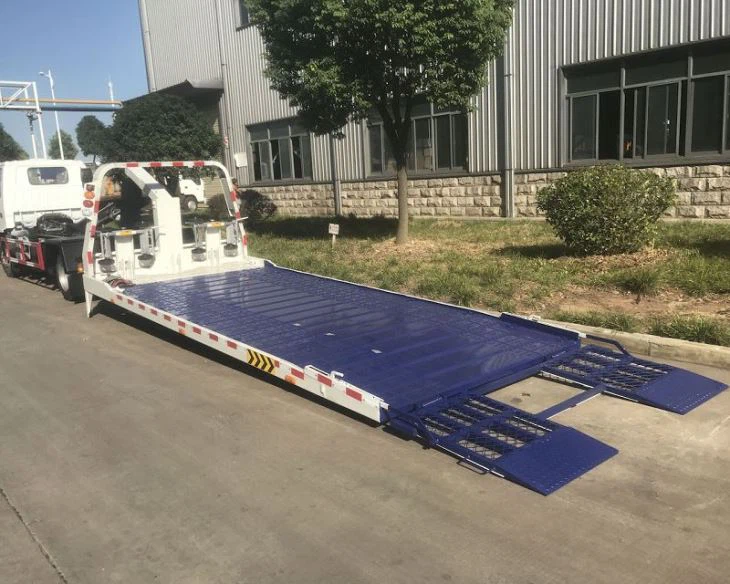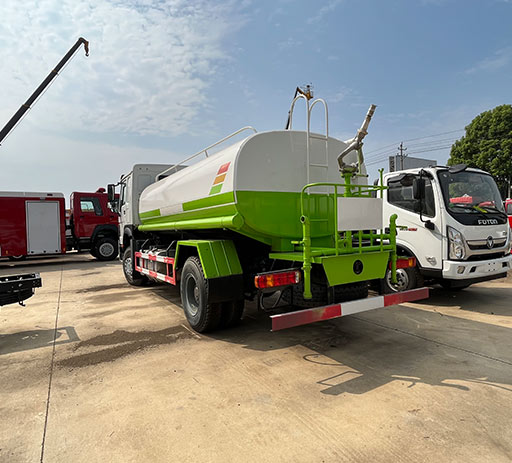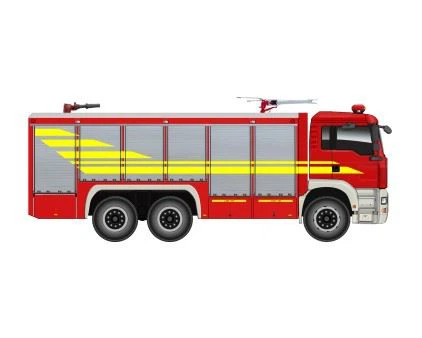Line Trucks for Sale: Your Comprehensive Buying Guide

When it comes to transporting heavy equipment, materials, or ensuring power distribution, having the right vehicle is crucial. Line trucks, designed specifically for utility and tree trimming professionals, are essential for various operations. This article explores everything you need to know about line trucks for sale, including types, features, purchasing options, and useful tips to help you make the best decision.
Understanding Line Trucks
Line trucks are specialized vehicles often equipped with features suited for aerial work. They are extensively used by utility companies, municipalities, and contractors for servicing electrical lines, cable installations, and trimming trees. Understanding the characteristics and functionalities of line trucks can significantly influence your purchasing decision.
What is a Line Truck?
A line truck is a commercial vehicle that typically includes a boom lift, enabling operators to reach elevated locations safely. These trucks are essential for maintenance and installation work and often come with various configurations, depending on their specific use.

Key Features of Line Trucks
- Boom Lift: A hydraulic arm that extends vertically and horizontally to lift workers and materials.
- Tool Storage: Compacted storage compartments for tools and safety equipment.
- Power Source: May include generators to power tools during operations.
- Stabilizers: Outriggers that provide additional stability while working at height.
Types of Line Trucks
Line trucks come with various configurations, making them suitable for different tasks. Understanding these types can help you select the right vehicle for your needs.
Bucket Trucks
Bucket trucks feature a platform (or bucket) at the end of an extendable boom. They are used primarily by utility workers to reach overhead power lines and perform maintenance tasks.
Digging Trucks
Equipped with augers or digging tools, these trucks are ideal for digging holes for poles and other installations.
Flatbed Line Trucks
These trucks provide a platform for transporting materials, including poles, tools, and equipment. They are versatile and often used for various utility tasks.
Comparison of Line Truck Types
| Type | Primary Use | Advantages |
|---|---|---|
| Bucket Truck | Overhead Maintenance | High reach, Safety features |
| Digging Truck | Excavation | Efficient for pole installation, Heavy-duty |
| Flatbed Line Truck | Material Transport | Versatile, Increased capacity |
Where to Buy Line Trucks
With the increasing demand for line trucks, various options exist for purchasing them. Here are some places you can consider.
Dealerships
Authorized dealerships offer new and certified pre-owned line trucks. They provide warranties and after-sales services, which can be beneficial.
Online Marketplaces
Websites like eBay, Craigslist, and specialized platforms offer a wide range of line trucks for sale. Buyers should research sellers carefully and verify the equipment’s condition.
Auction Houses
Government and private auctions often have line trucks listed at competitive prices. Participating in auctions requires prior research and understanding of the bidding process.

Cost Factors of Line Trucks
The cost of line trucks can vary significantly based on factors such as brand, type, age, and specialized features. Below, we discuss some of the critical elements influencing pricing.
Brand Reputation
Established brands often come at a premium due to their reliability and service network. Brands like Ford, Hino, and Freightliner are known for producing durable line trucks.
Type and Features
More specialized line trucks equipped with advanced features and higher lifting capabilities generally cost more. Consider your specific needs and balance them against the features offered.
Age and Condition
New trucks have a higher initial cost, while used trucks can offer significant savings. However, be aware of maintenance records and potential repairs needed when purchasing used equipment.
Average Cost of Line Trucks
| Type | New Truck Price Range | Used Truck Price Range |
|---|---|---|
| Bucket Truck | $60,000 – $120,000 | $25,000 – $70,000 |
| Digging Truck | $50,000 – $100,000 | $20,000 – $60,000 |
| Flatbed Line Truck | $30,000 – $80,000 | $15,000 – $50,000 |
What to Look for When Buying a Line Truck
Purchasing a line truck requires thorough evaluation. Here are critical aspects to consider while making your choice.
Evaluate Your Business Needs
Understand the specific tasks you need the line truck for, whether it’s tree trimming, utility maintenance, or pole installation. This clarity will help you choose the right type of truck.
Inspect the Vehicle
Examine the truck closely for signs of wear and tear. Look for:
- Rust or structural damage
- Condition of the boom lift and hydraulics
- Overall mechanical condition
Check Maintenance Records
If you’re purchasing a used line truck, always check its maintenance history to ensure it has been well cared for.
Test Drive
Always take the truck for a test drive. Pay attention to its handling, braking, and any unusual noises. This practice can help you better gauge its condition.
Financing Options for Line Trucks
Acquiring a line truck can be a significant investment. Here are various financing options available to buyers.
Bank Loans

Traditional bank loans are a common method for financing a line truck purchase. Make sure to compare interest rates and terms from different banks.
Leasing
Leasing can be a suitable alternative, especially if you want to avoid large upfront costs. Monthly payments may vary based on terms and residual value.
Equipment Financing Companies
Specialized financing companies focus on equipment loans, often providing benefits like flexible terms and less stringent credit requirements.
Maintenance Tips for Line Trucks
Regular maintenance is crucial for ensuring safety and longevity. Here are essential maintenance tips for line truck owners.
Regular Inspections
Perform routine inspections of the boom, hydraulics, and chassis for any signs of wear or damage. Documenting these inspections can help track performance over time.
Fluid Checks
Hydraulic fluid, engine oil, and coolant levels should be regularly checked and topped off as necessary to maintain optimal performance.
Tire Maintenance
Inspect tire pressure and tread regularly. Properly inflated and treaded tires ensure safety and efficiency while operating the vehicle.
Frequently Asked Questions
1. What is the average lifespan of a line truck?
The average lifespan of a line truck can range from 10 to 15 years with proper maintenance, though some can last longer based on usage and care.
2. Can I finance a used line truck?
Yes, many banks and equipment financing companies offer financing options for used line trucks.
3. What is the best brand for line trucks?
Brands like Ford, Chevy, and Freightliner are well-regarded for their durability and reliability in the line truck market.
4. Are there specific safety features I should look for?
Look for trucks with stabilizers, safety alarms, safety harnesses, and a well-maintained boom lift to ensure safe operations.
5. How do I improve the resale value of my line truck?
Regular maintenance, keeping detailed service records, and avoiding modifications can help maximize the resale value of your line truck.
6. What should I do if my line truck breaks down?
Contact a professional mechanic specializing in commercial vehicles for repairs, and ensure you have a maintenance plan in place to minimize downtime.
Investing in a line truck is a significant decision that affects your business operations and efficiency. By understanding the features, types, costs, and maintenance needs of line trucks, you can make informed choices that align with your specific business requirements. Whether you’re looking for new or used options, taking the time to research and evaluate will ensure you find the perfect vehicle to meet your needs.
